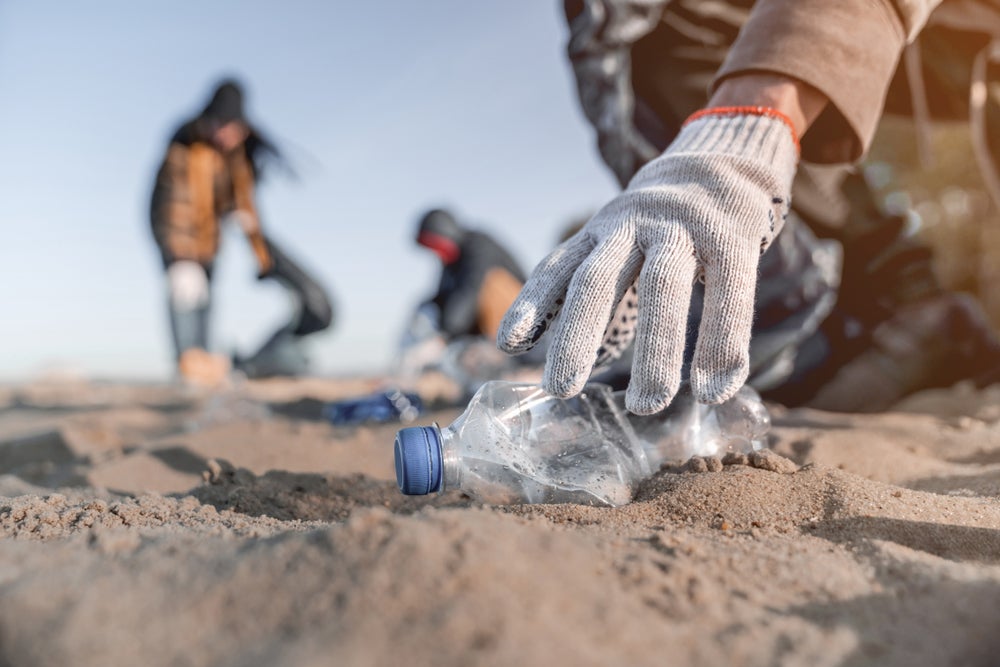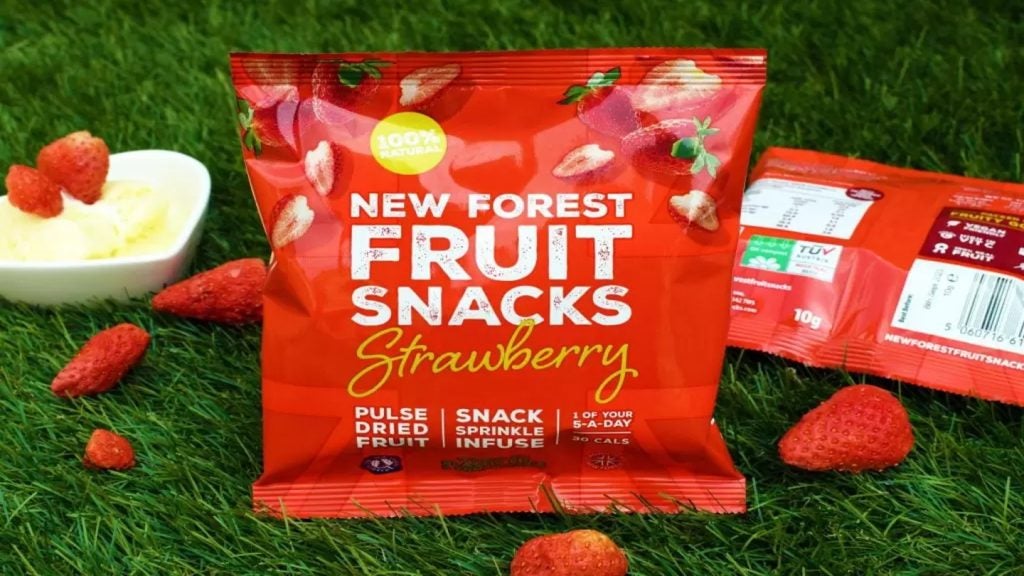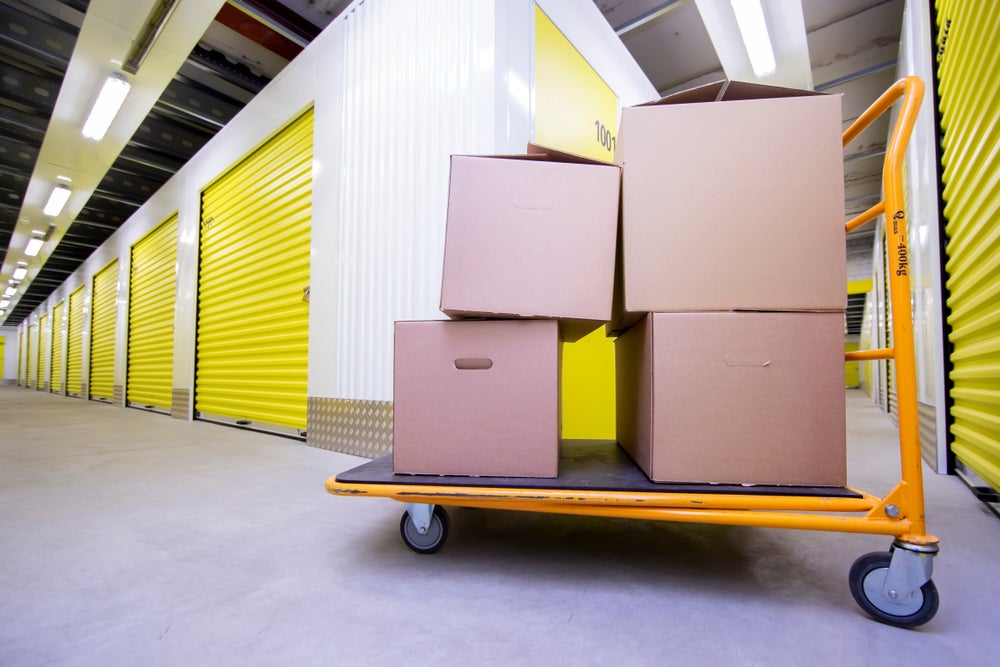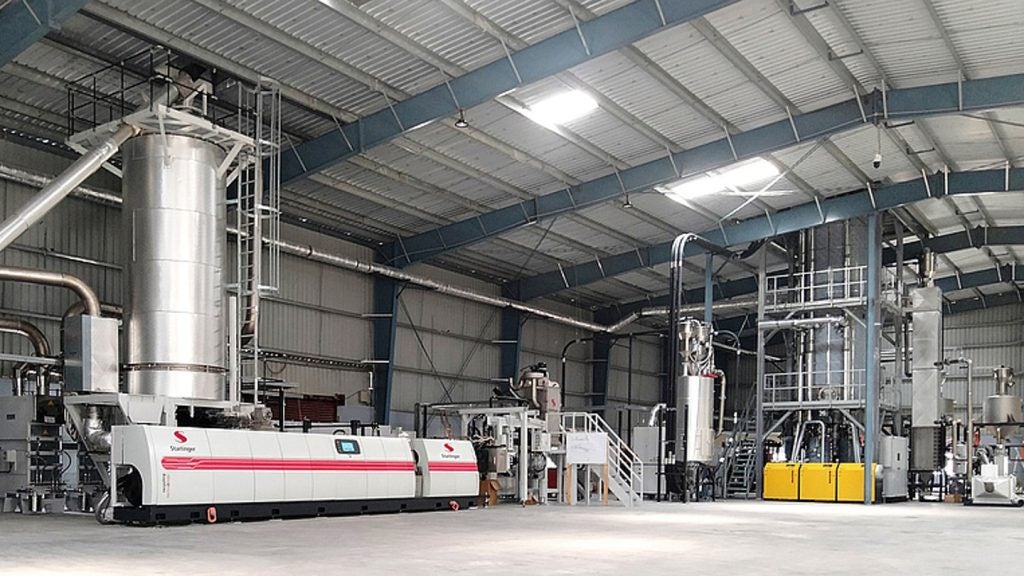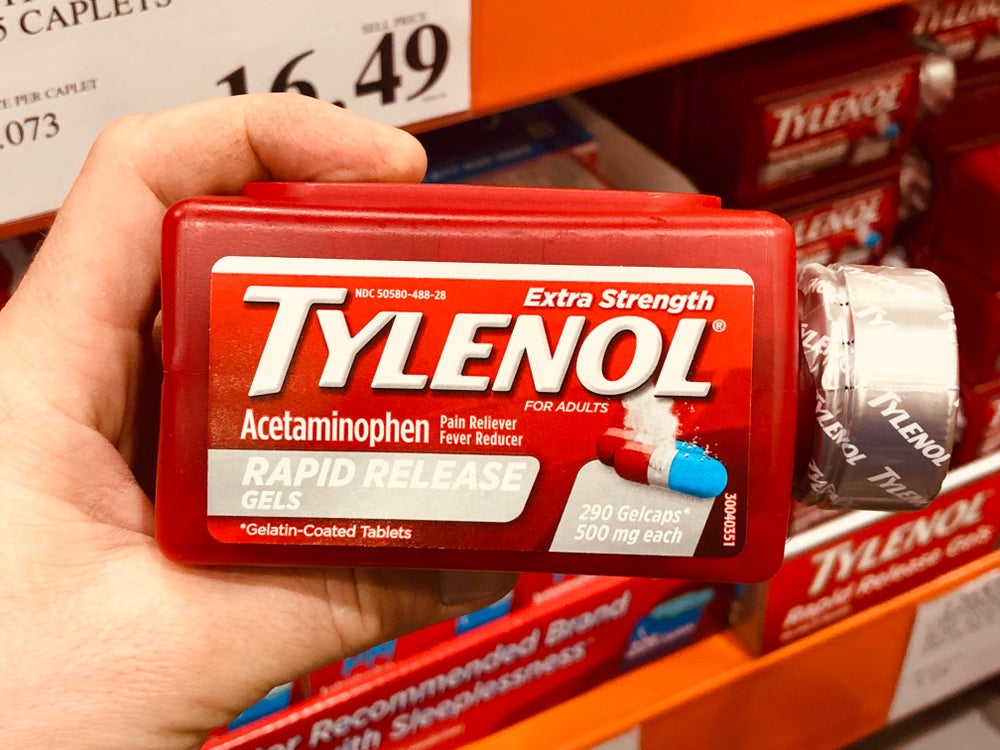The world faces an alarming plastic packaging crisis, with just 9% of global plastic waste being recycled and 22% "mismanaged," leading to disastrous environmental consequences.
While some major companies are making efforts to reduce plastic usage, the overall amount of plastic entering the oceans is expected to nearly triple by 2040. Marketers must step up and play a crucial role in addressing this crisis.
As consumers increasingly demand sustainable packaging, marketers can redefine consumer value without compromising quality and brand affinity. Instead of relying on larger packages to convey value, the focus should shift to sustainable packaging solutions.
Nestle, for example, is investing in research and development to make 95% of its packaging recyclable or reusable by 2025.
Marketers should see plastic-less packaging as an opportunity for innovation and work with supply chain and procurement teams to identify alternatives to plastic at comparable costs.
Passing some of the new packaging costs to environmentally-conscious consumers might also be feasible.
Engaging suppliers and preparing for the transition
Transitioning away from plastic packaging is not an overnight process. It requires careful planning and collaboration with suppliers.
France's success in banning single-use plastic packaging for vegetables and fruits involved almost four years of preparation and extensive discussions with packaging vendors.
To find suitable alternatives, manufacturers need to consider factors such as cost, weight and biodegradability. This requires building a close partnership with suppliers and testing different options.
Embracing the circular economy
Adopting a circular economy approach can revolutionise supply chains. Key players in the automotive industry are already incorporating recycled materials in their products.
For example, Audi AG5 uses recycled PET for seat upholstery and Jaguar Land Rover Automotive PLC employs Econyl nylon in their floor mats. By embracing a closed-loop system, manufacturers can become more independent and reduce their reliance on external resources.
Establishing the right infrastructure for material recycling is critical to unlocking this golden opportunity for sustainable growth.
Thoroughly calculating the costs of change
Transitioning to sustainable packaging involves various costs, including the price of materials, impacts on shelf space, weight of products and transportation expenses.
Companies need to conduct comprehensive cost analyses and explore all pros and cons in advance. Some states in the US offer tax incentives for environmentally friendly solutions, which can help offset costs.


